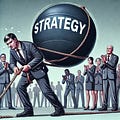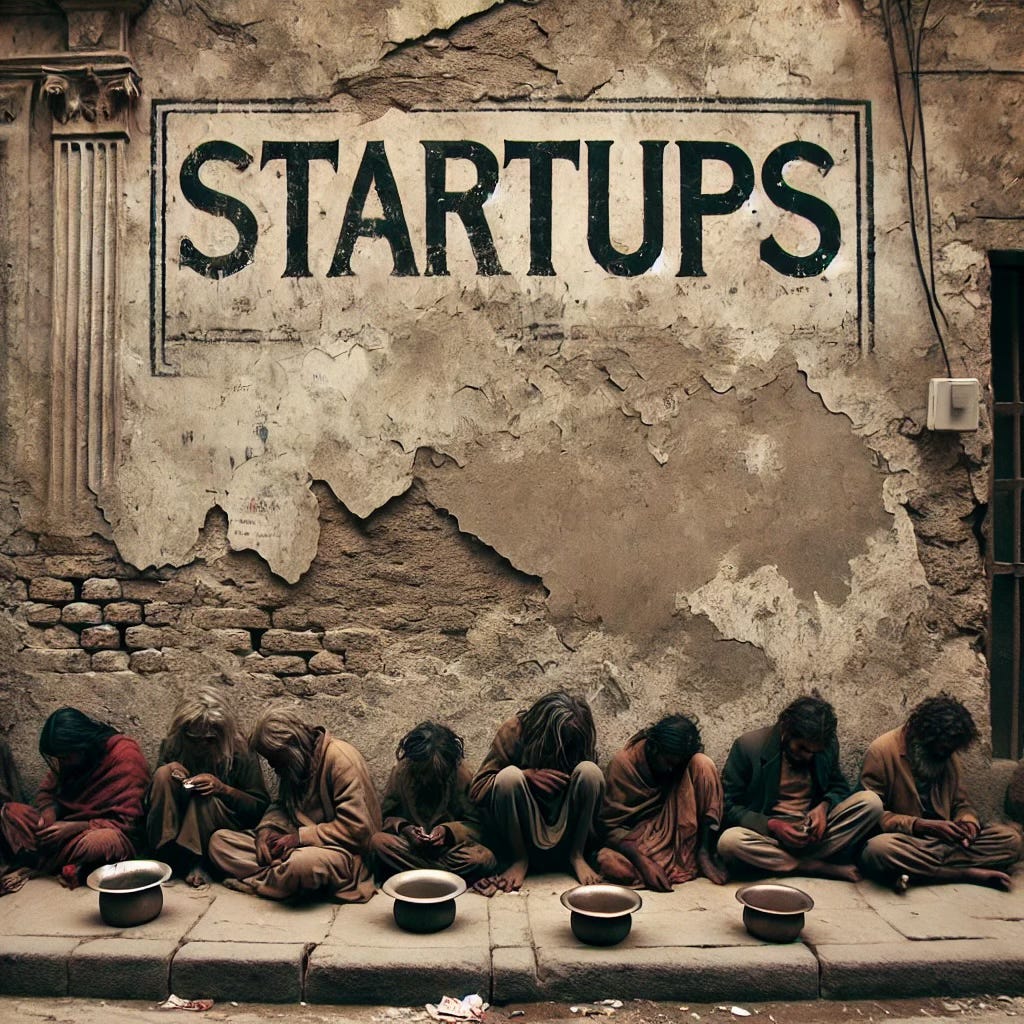Strategy in Three Minutes. Episode Five.
1. Strategy and Value Exchange
Corporate Culture and Value Exchange
We all participate in value exchange – at home, at work, and everywhere.
But we do it only if we believe it somehow benefits us.
Imagine we are two colleagues who work for the same company. I ask you for help with my project. Will you agree?
It depends on if you’ll benefit from it.
If you’re just a nice guy who loves helping others, you’ll agree. Your benefit will be your feeling that you’re needed by others.
But if you're not that nice or very busy, how will you answer my request?
In some companies, staffers help each other; in others, they tend to refuse.
What’s the difference?
When an employee helps a colleague, it rarely brings immediate rewards. Such a value exchange implies you give something now (your time, for instance) and will receive value in exchange much later – if you receive it at all.
Everything changes for the better when a company has a clear strategy.
The employees are willing to help each other because they believe they will be rewarded later in the form of the company's strategic success.
So, a healthy corporate culture is one where employees are willing to support one another. And they do it not (only) because they expect others to help them in the future.
They do it because they help implement the business’s strategy.
And they, in turn, will benefit from this.
Contemplation questions:
[1] Do you have a clear strategy?
[2] Do all your key employees know the strategy?
[3] Do they all know their strategic priorities for this year?
[4] Do they understand how they could help each other to implement the strategy?
2. Customer cognitive biases: Do you believe that buying just one thing will change your life?
Are all wealthy people happy?
Are people with disabilities unhappy?
A firm ‘no’ to both questions.
Daniel Kahneman used these examples to illustrate the so-called ‘focusing illusion.’
"Nothing in life is as important as you think it is while you are thinking about it," he said.
Quote: “Paraplegics are often unhappy, but they are not unhappy all the time because they spend most of the time experiencing and thinking about other things than their disability. When we think of what it is like to be a paraplegic, or blind, or a lottery winner, or a resident of California we focus on the distinctive aspects of each of these conditions. The mismatch in the allocation of attention between thinking about a life condition and actually living it is the cause of the focusing illusion.”
The focusing illusion is the belief that having one particular thing (education, high income, a marriage, a job, a car, etc.) can change our whole life for the better.
Marketers skillfully use it to persuade us that buying a new smartphone, a purse, an EV, or an online course will improve our lives forever.
And we’re willing to accept the idea.
Even B2B clients often believe that having only one thing – a brand, a CRM, or an AI-backed solution, will catapult their business into the big leagues.
It is the focusing illusion at work.
Check out my new book, Red and Yellow Strategies: Flip Your Strategic Thinking and Overcome Short-termism, here.
Contemplation questions:
[1] Do your customers believe buying just one product from you or your competitors will change their lives?
[2] How could you use it strategically?
[3] Would it be ethical?
3. Trend of the week: Startup failures rise by 60%
“Startup failures in the US have jumped 60 per cent over the past year, as founders run out of cash raised during the technology boom of 2021-22,” Financial Times reports.
Shutdowns are rising sharply, even as billions of dollars of venture capital flow into artificial intelligence startups.
The jump in bankruptcies is because "an abnormally high number of companies raised an abnormally large amount of money during 2021-2022", said analysts at Morgan Stanley in a recent note to clients.
The trend isn’t new. The first signs were noticed at the end of 2022.
But it still persists, which will impact the startup world in the long term.
More startups fail. Fewer startups receive investments.
According to Morgan Stanley, VC-backed companies employed 4 million people in the US.
The newspaper also states that investment is "going to startups working on artificial intelligence.”
So, when the AI bubble bursts, we'll wake up in a different world.
Contemplation questions:
[1] Does your strategy imply receiving a significant investment soon?
[2] How are you going to get it?
Help this newsletter grow – share the post!
Read also: The Focusing Illusion: Don't Fall into the Trap Set by Business Books and Academics
Need a strategic adviser? Visit my website.





